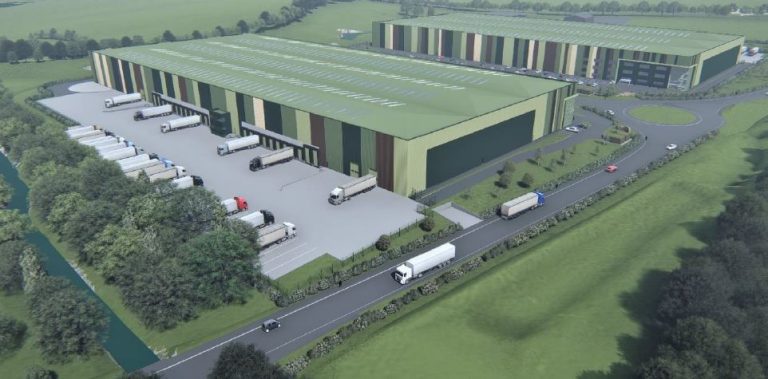It’s a very strange and humbling understanding, that the item in the museum’s glass case in front of you is so many times older than you are! That the person who made it might not have thought much beyond its primary use, much less that it would be a lasting record of their era. That it would survive not only them and the intended original owner, but so many centuries after. It makes you wonder what will remain long after we’re gone, and realise how important it is that such items are preserved as information for the future. It is always heart-breaking to hear if a museum piece or artwork has been destroyed by natural causes or human interference. While only so much can be done to prevent the latter, museums have an abundance of technology at their disposal. According to the Smithsonian, the most damaging causes of deterioration are: Neglect — lack of process, forgotten storage, or failure to maintain records can lead to secondary deterioration causes, such as… Water — from full-scale floods to creeping damp, water can cause so many problems for artefacts. Fire — of course, fire will obliterate many artefacts, but those that survive may also be damaged by the heat and smoke. Pollutants — dirt and gas can react badly with some artefacts, hastening their decay. Chemicals in cleaning can also erode away materials. Even the oils on your hands can be harsh enough to pollute some delicate artefacts. Pests — taxidermy and natural materials can find themselves rapidly ruined by a hungry rodent or greedy bugs. Light — sunlight or artificial light can cause fading, drying, and cracking. Physical force — everything from impact to vibrations can affect artefacts. This is why museums display their pieces in cases or behind designated barriers. Of course, this isn’t always fool-proof. For example, did you know Michelangelo’s David has a delicate flaw in its ankles? A slight shift in angle, a strong vibration from a train or footfall, or a natural disaster like an earthquake would send David tumbling. Theft and vandalism — intentional damage by vandals or mishandling by thieves can obviously cause an artefact or artwork’s condition to fall. One of the more difficult to control elements of potential deterioration is a combination of humidity and temperature. These two elements are noted to be able to accelerate the rate of decay, growth of mould, or warping. Without adequate protection, the cost of artefact lost can be immeasurable, from a loss of monetary value to a loss of any physical record of that item. Take the Oxford Dodo for example, which is the most complete single dodo specimen anywhere in the world. And yet, all that has survived is the head and a foot thanks to an infestation noted in the specimen around 1755; feather mites are highlighted as the main culprit for devouring the taxidermy dodo’s torso, wings, and feathers. Preservation Equipment advises that a high humidity can encourage fungal growth and pests in natural materials; could better temperature and humidity controls have saved more of the last dodo specimen? Humidity and temperature can not only encourage pests, but also bring a whole host of other problems. The Telegraph reported how, when the glass roof of the Natural History Museum was cleaned of around 150 years’ worth of dirt, it was quickly discovered that the gathered dirt and the decision to remove the solar reflective film from the glass had had unintended side effects. The result? Temperatures in the museum soared to 40°C and the humidity tumbled, and the artefacts and specimens have already suffered irreversible damage, the article states. The skin of specimens has cracked and dried, fading as they have been sun-bleached, and whale skeletons are also degrading as a result. The museum is not only looking into replacing the solar reflective film, but also at installing a new HVAC (heating, ventilation, and air conditioning) system to try and save the artefacts. The problem of correct temperature and humidity control stretches beyond the UK. Over in Denmark, the country faces losing many historical artefacts due to a rise in damp and mould growing in its museum storage areas, which are reported to lack air conditioning units. CPH Post commented that the museums are using old buildings such as barns or lofts to store the artefacts, which means they aren’t being protected by any level of temperature control. More than 70,000 items are at risk of being destroyed as a result of 118 buildings used for storage being marked as riddled with mould. For both stored and displayed artefacts, it is vital that temperature and humidity are monitored closely. The optimum temperature is between 16°C and 20°C — though temperatures as low as 10°C probably won’t cause harm, the risk of condensation grows for anything below 10°C. In terms of humidity, the advised relative humidity is between 40% and 70%, to avoid drying out items or encouraging pest or fungal infestations. It has also been noted that rapid fluctuation in humidity can be problematic. A good HVAC system is invaluable for both museum and home collectors with artefacts to preserve. With this, temperatures and humidity can be monitored and controlled quickly, providing much-needed protection from the elements when it comes to artefacts and artwork. Sources:











